Crete – The Mediterranean Gastronomic Destination
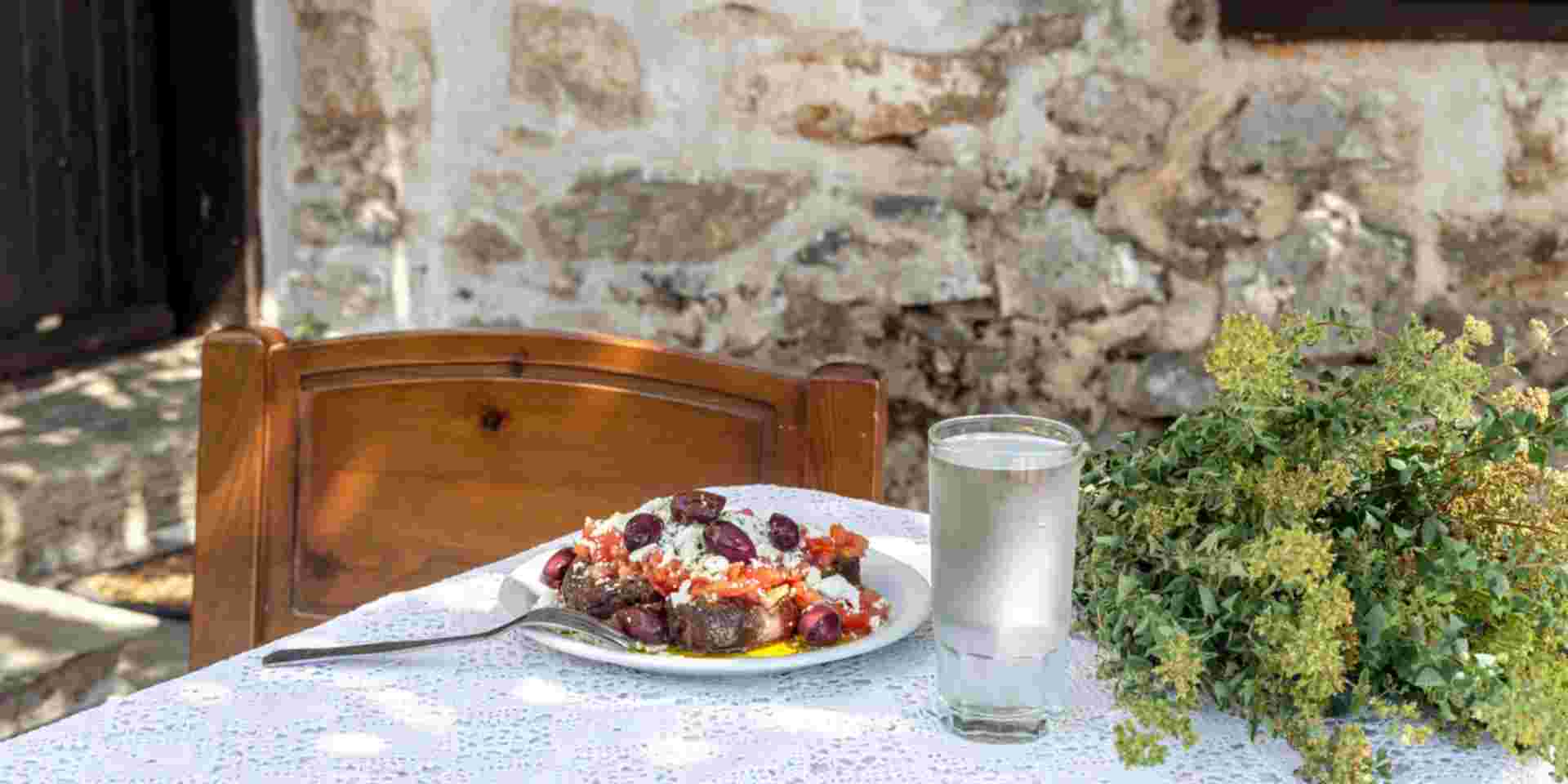
Crete has one of the oldest and most delicious gastronomic traditions in the world, a tradition of flavors, aromas, and techniques that began from prehistoric times to modern-days.
The History
The history of the Cretan diet and cuisine goes way back. It is a continuation of a tradition that starts in the Minoan era and reaches the present day. From the findings of the archaeological excavations, it seems that the Minoans consumed 4000 years ago almost the same products that the current Cretan consumes. In Minoan palaces archaeologists found large jars of olive oil, cereals, legumes, and honey. Moreover, the various iconographic testimonies depict the incredible world of Cretan plants and herbs.
As the centuries passed, the Cretan cuisine gathered the knowledge and experience that was transmitted from generation to generation. This is how Greek writers inform us about two extremely complex and delicious sweets prepared in ancient Crete with molasses and honey, nuts, sesame, and poppy seeds.
In the Byzantine years, the Cretans maintain their habits and the cuisine of the wealthy and created complex dishes, which offered an excellent taste. The rural population still relies on nature for survival: grass, fruits, legumes, olives, and oil. However, they enriched these ingredients with the power of their imagination, cooking them in many ways to make them delicious.
This habit helped the Cretans a lot to survive under extremely adverse conditions when the island was successively conquered by the Arabs (824-961), the Venetians (1204-1669), and the Turks (1669-1898). The conquerors changed but the soul, the religion, the language, and the Cretan cuisine did not change!
This sequel created a tradition that is proving valuable today as the international scientific community talks not only about Cretan cuisine but also about the “miracle of the Cretan diet”!

Study 1960
Dozens of international studies examine the quality of the Cretan diet and its correlation with the health of its inhabitants. The traditional Cretan diet from the years of antiquity shows that it can gather those characteristics that make it complete and perfect.
Since 1960, studies on the quality of the Cretan diet had already begun. The most serious study was done in 1960 from 7 different countries. It showed that the population of Crete had the lowest deaths from cancer and heart attacks compared to other developed countries. In conclusion, the inhabitants of Crete were the longest living in comparison with other developed countries.
The term Mediterranean diet was created by health scientists to describe the Cretan diet and the diet of the Mediterranean people who cultivated the traditional olive. The Mediterranean diet is of better quality than any other. Studies associate it with low mortality and longevity.
Cretan diet 1960
The Cretan diet in 1960 included grains, eggs, cheese, brown bread, fruits, vegetables, legumes, olive oil, fish, chicken, and red meat once a month. This diet was accompanied by daily exercise, which included manual labor and walking. Also, over 60% of the men of Crete in 1960, strictly followed the fasts of the Church and did not eat meat, dairy and eggs for about 180 days a year. They often eat fish while during fasts they prefer seafood. The nutritional value of the products that people consume is very important, as today, most of them only add weight to the body.
What is the secret of the Cretan diet?
The answer is that the Cretans feed on the products produced by their land, i.e., they eat plenty of vegetables, greens, and vegetables, legumes, and fruits, flavor their food with herbs and plants from the mountains of the island, such as thyme and basil. Additionally they almost always accompany the food with wine from the local vineyards and extremely tasty bread.
Another feature of the Cretan table is the variety of dishes, where no one monopolizes the taste but all together compose a delicious ensemble. Nonetheless, the most important nutritional element is oil, which for the Cretans as well as for all the peoples of the Mediterranean, is the main source of fat.
Longevity and Health
The correlation of the Cretan diet with longevity and health depends on the quality of the diet. It seems to be one of the most balanced in the world. The Cretans consumed and continue to consume small quantities of food of animal origin. The fasts that the Cretans follow provided by the Greek Orthodox Church have played a big role in this. The low consumption of products of animal origin is not associated with economic factors. It is a fact that the majority of the inhabitants of Crete produce their animal and plant products.
Furthermore, the correlation of the Cretan diet with health and longevity has to do with its high content of monounsaturated fats. Those fats derive from the consumption of high-quality olive oil. The beneficial properties of olive oil are many. For example, its lowers bad cholesterol, the presence of antioxidants, and it prevents cardiovascular disease. The Cretan diet consists mainly of fiber, while products of animal origin have a limited place. The Cretan diet consists of at least 80 different greens. The Cretans also offer to date in the market several herbs such as thyme, marjoram, mint, oregano, mint, basil, linden, and more. Cretans also respect the seasonality of fruits and vegetables.
Finally, the success of the Cretan diet lies in the fact that they use their local pure and virgin produce. They do not interfere with chemical fertilizers and unnatural ways for the growth of their products.

The Cretan Olive Oil
The long history of Crete connects with centuries-old history of the olive and its oil.
It has been reported that olives were cultivated in Crete around 3000 BC. In ancient Greece, Dioscorides and Diocles praised its healing properties, Anaxagoras and Empedocles researched its historical course. Aristotle turned olive growing into science, while Solon enacted the first law to protect the olive tree in legislation that prohibited the cutting of more than two olive trees in each olive grove each year.
This sacred tree, a symbol of knowledge, wisdom, abundance, peace, health, strength, and beauty that has been worshiped for thousands of years, is proposed and promoted by today’s valid scientific research as a dominant factor of human health and longevity. Many scientists in their conferences around the world are decisive and clear. The dominant element of this healthy diet is olive oil, this elixir of good health, physical strength, longevity. This golden fruit of Crete is the main factor and protector of it for many years of iron health and longevity according to the Cretans. the incidence of heart disease and cancer in Crete is less than in other areas and this is due to the regular consumption of olive oil.
Olive oil Benefits:
- Prevents cardiovascular diseases, reduces bad cholesterol while it maintains or raises the levels of good cholesterol.
- Helps with the proper metabolism of the human body and the development of the brain and bones of children.
- As a source of vitamin E which in combination with the monounsaturated fatty acids it helps slowing down aging.
- Absorbs vitamins by the body thanks to the polyphenols it contains.
- Prevents hardening of the arteries
- Facilitates the function of the liver stops the formation of gallstones.
- Helps the dietary treatment of diabetes.
- Strengthens the body against cancer.
Other Use of Olive Oil
Many people believe that olive oil is more fattening than seed oils. Nevertheless, all oils have the same caloric value, i.e., 9KCAL / gr. It is important to emphasize that unlike virgin olive oil, farmers produce seed oils by chemical means.
6,000 years ago ancient Greeks knew of this nutritional and therapeutic value. The oldest olive mill was found on the plateau of Methana in 4,000 BC. Its uses besides diet were many:
- They first flavored it with herbs such as coriander, saffron, cardamom, cumin, fennel, etc. After, they packed it in special amphorae and exported it to all Mediterranean countries.
- It was a prize to the winners of the races. In quantities up to 5,000 liters they placed it in special amphorae depicting the race of the winner.
- Athletes rubbed on their bodies to make their muscles elastic.
- In the Hippocratic Medical Code there are more than 60 medicinal uses of olive oil.
- They used it as a means of beautification, perfumes.
- Also as a means of illumination in lamps, houses, temples, and public buildings.
To experience the gastronomic wonders of Crete, send us your request here and together we will design the most flavorful itinerary!
Feeling Ready?
From our blog
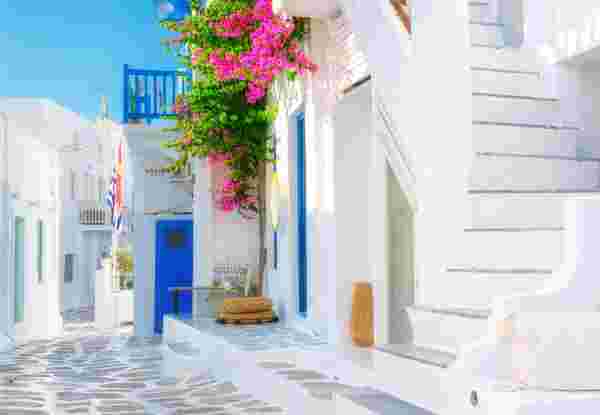
How Many Days in Mykonos
READ MORE
Santorini Travel Guide: Everything You Need to Know
READ MORE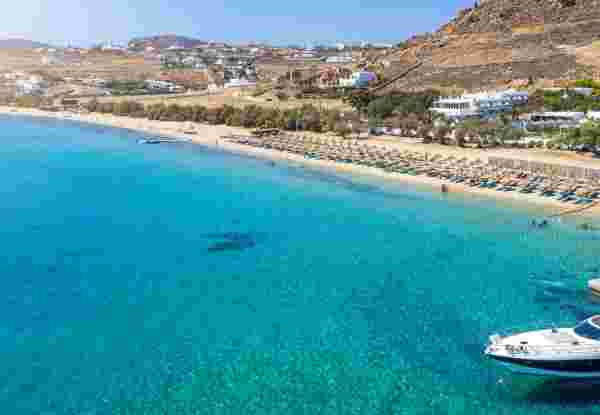
Where to Stay in Mykonos: Insider’s Guide
READ MORE
Mykonos Hotels: The Ultimate Guide to Luxury Stays
READ MORE
What to Wear in Greece to Not Look Like a Tourist
READ MORE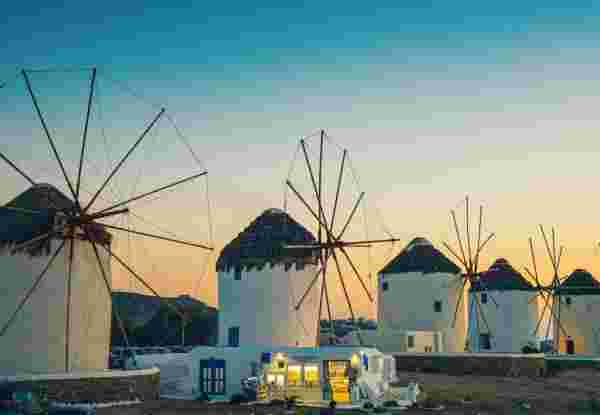
Best Time to Go to Mykonos
READ MORE
The Best Time to Visit Santorini: A Local’s Guide for Every Season
READ MORE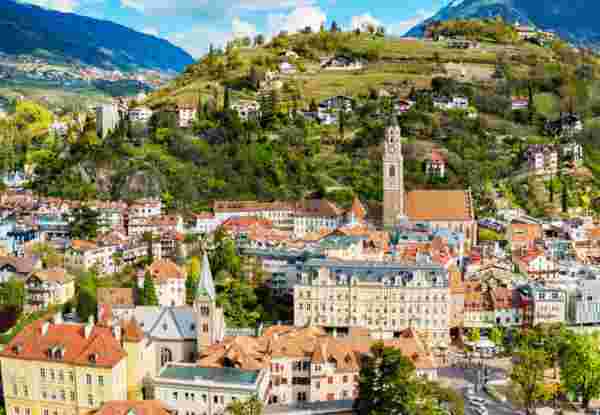
Insider’s Guide to Weather in Italy and Greece in September
READ MORE
Weather in Italy and Greece in October: Your Complete Guide
READ MORE



